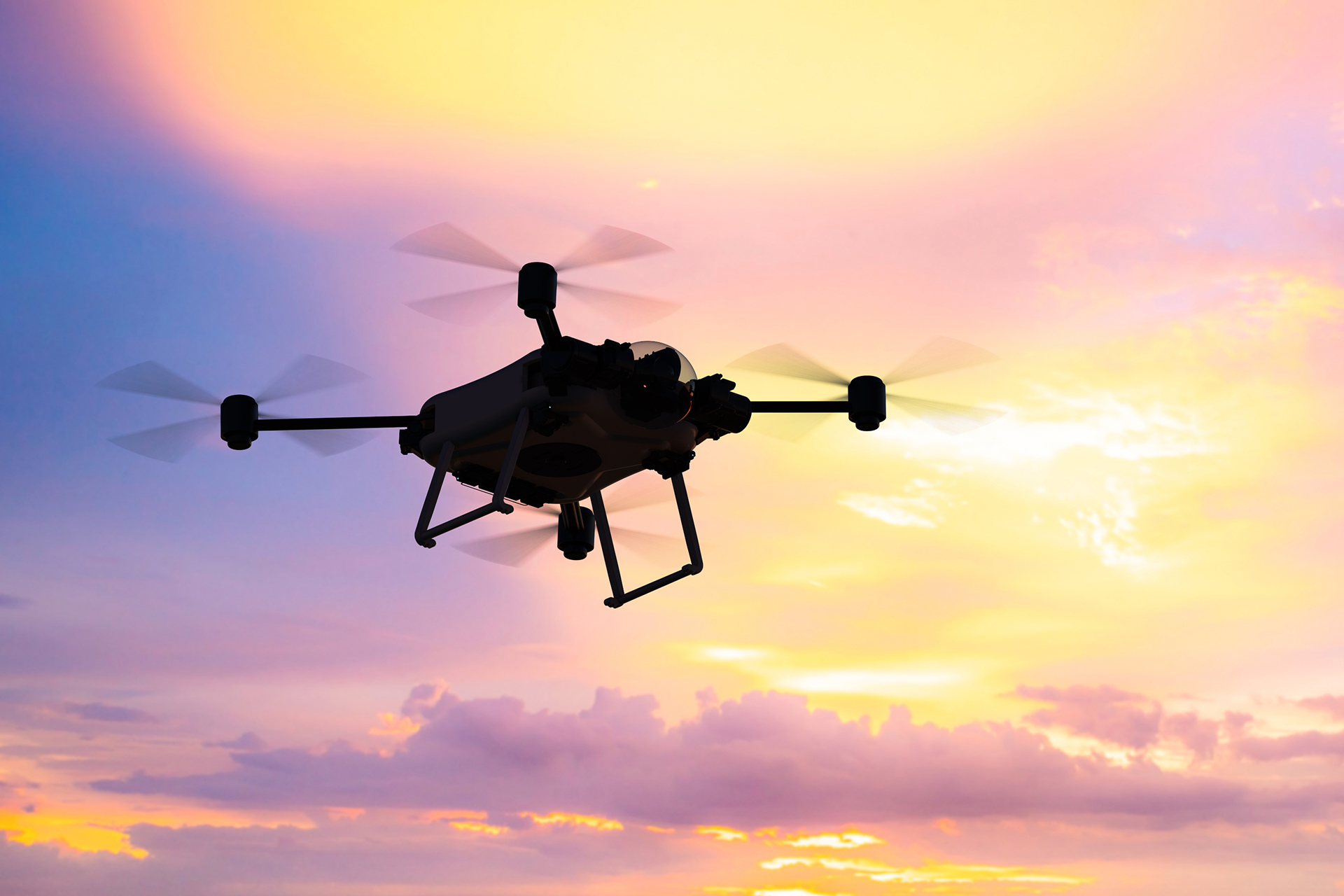On Dec. 31, 2019, the Federal Aviation Administration (FAA) and the U.S. Department of Transportation (DOT) issued a proposed rule on Remote Identification of Unmanned Aircraft Systems (Remote ID Rule). If implemented, the rule would require unmanned aircraft systems (UAS) operating in U.S. airspace, which includes drones, model aircraft and their control stations, to automatically and continuously identify the device and broadcast its location to the FAA while in flight.
Comments must be submitted on or before March 2, 2020.
Remote ID is an important building block in the unmanned traffic management ecosystem, particularly as the number of UAS operations in all classes of airspace increases. The ability to identify and locate unmanned aircrafts provides critical information to improve situational awareness during flight and serves as a foundation for developing other technologies that can enable the expansion of commercial drone operations.
According to the Notice of Proposed Rulemaking, all UAS operators – recreational or commercial – would be required to comply. The proposed Remote ID Rule would amend current registration requirements for UAS operators, create operation and production requirements for UAS producers, and prohibit operators from registering multiple drones under a single registration number. Further, the rule would require all registered UAS to have functional end-to-end communication throughout the duration of the flight.
Amateur-built UAS and most unmanned aircraft under 0.55 pounds would be exempt from the requirements, but would have to limit their operations to areas within a visual line of sight, exclusively in FAA-recognized identification airspace, unless registration of the UAS is required under another FAA regulation.
The FAA would require all drones and control systems to broadcast or transmit their serial number, latitude, longitude, time-mark and barometric pressure altitude through a Remote ID UAS Service Supplier (Remote ID USS), which will store, protect and transmit the information to the FAA during flight. While standard remote identification UAS would be required to broadcast and transmit information from the control station and the drone, limited identification UAS would only require transmission of information from the control station.
If the regulation is finalized without any substantial changes, designers and producers would be required to classify and label all drones as either standard remote identification UAS, limited remote identification UAS, amateur-built UAS, or UAS of the United States government.
To obtain more information, please contact the Barnes & Thornburg attorney with whom you work, or Aviation Practice Group chair, Clifford G. Maine, at 616-742-3944 or cmaine@btlaw.com; vice chair, Todd A. Dixon, at 616-742-3959 or tdixon@btlaw.com; or Joshua Franklin at 612-367-8716 or joshua.franklin@btlaw.com.
© 2020 Barnes & Thornburg LLP. All Rights Reserved. This page, and all information on it, is proprietary and the property of Barnes & Thornburg LLP. It may not be reproduced, in any form, without the express written consent of Barnes & Thornburg LLP.
This Barnes & Thornburg LLP publication should not be construed as legal advice or legal opinion on any specific facts or circumstances. The contents are intended for general informational purposes only, and you are urged to consult your own lawyer on any specific legal questions you may have concerning your situation.















